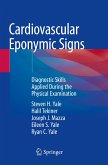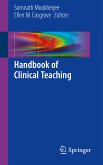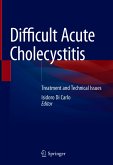This book will serve as a teaching tool for learners, teachers, and practicing physicians to preserve the artof the physical examination using a form of a case-based teaching and learning style approach. Illustrations throughout the text provide a visual representation of how to perform the sign. The authors believe this method of teaching and learning is more meaningful to the student in that they will be able to associate the name with the person's historical features, the sign, and its pathophysiologic mechanism(s).
Gastrointestinal Eponymic Signs is a must-have resource for medical students, residents, fellows, teaching faculty, and any practicing physician seeking to understand how physical examination signs assist in diagnosis.
Dieser Download kann aus rechtlichen Gründen nur mit Rechnungsadresse in A, B, BG, CY, CZ, D, DK, EW, E, FIN, F, GR, HR, H, IRL, I, LT, L, LR, M, NL, PL, P, R, S, SLO, SK ausgeliefert werden.









